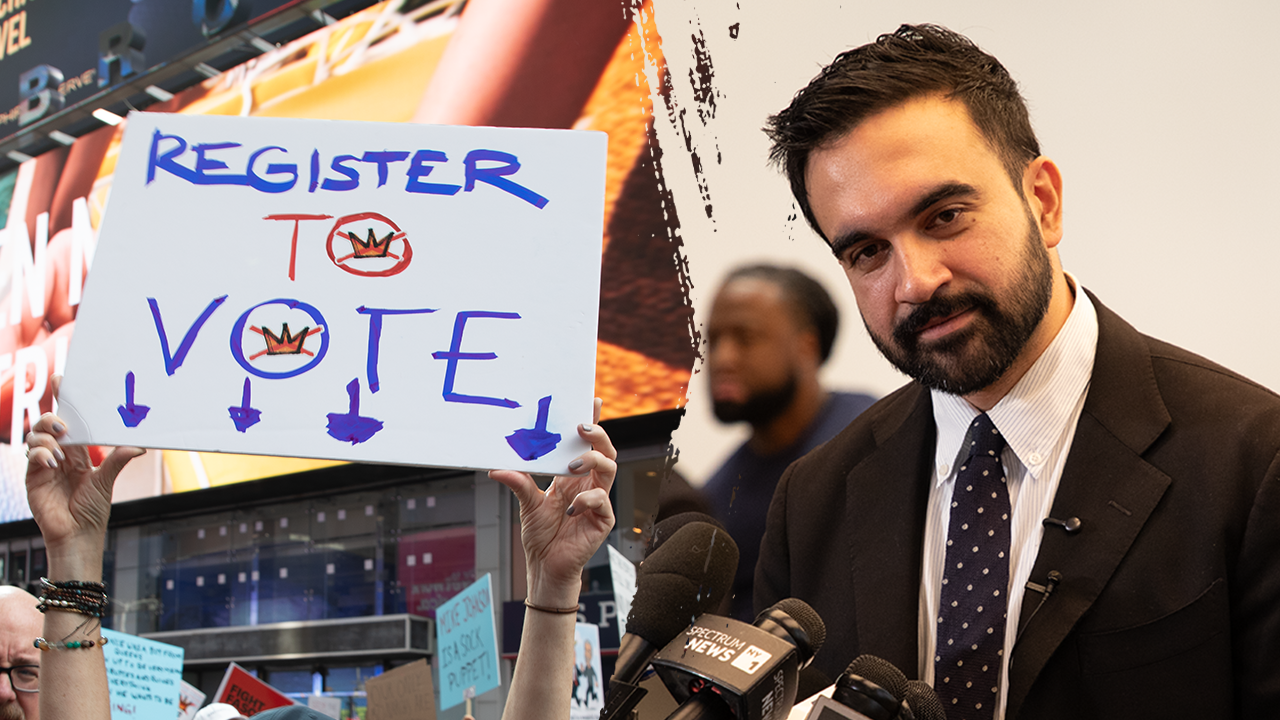As Dalal Street gears up to celebrate Samvat 2082, Wall Street is in a mood again. A few bad loans at Zions and Western Alliance have rattled US bank investors, reviving memories of the 2023 regional banking mess after Silicon Valley Bank’s failure.
When American bankers start spotting cockroaches, traders everywhere reach for the bug spray. Indian markets, which ended Samvat 2081 with barely a 5.3 per cent gain on the Sensex, are watching closely. The year saw foreign institutional investors (FIIs) pull out about $18.6 billion from equities, one of the heaviest outflows in recent memory. The US dominates FII flows, with Singapore, Luxembourg, Ireland and Mauritius acting more as transit hubs.
Samvat 2081 was a year when global headlines kept changing but the domestic market mood stayed flat. For every stock that rose, almost two declined. So, the BSE AllCap Index’s advance-decline ratio of 0.6, its weakest since 2019, has already spoken louder than any Diwali dhamaka. The Nifty and Sensex hovered in a range, showing none of the fireworks that brokers promised in forecasts. Inflation, trade friction and tariff tantrums from Trump’s Washington to Jinping’s Beijing kept investors cautious. The rupee slid about 5 per cent against the dollar, reminding FIIs that returns look smaller once converted back to greenback.

A year that IDLED
Domestic institutional investors (DIIs) once again became the heroes. They poured in a whopping $75 billion, offsetting the foreign exodus and keeping the diyas burning on Dalal Street.
Sectoral splits were sharp. Information Technology fell sharply as Indian Big Techs found themselves unprepared for the AI disruption. Power, Realty, Infrastructure and FMCG declined sharply. Automobile stocks, helped by GST rationalisation and festival demand, were among the few face savers. The result was a market that breathed heavily but did not move its feet.
Losses from stocks bought last Diwali are stinging many investors like a Diwali rocket that forgot its trajectory and landed in the neighbour’s balcony. One out of every three stocks is down at least 20 per cent.
The performance was hardly inspiring. Compared with the previous Samvats, when FII inflows of $10-20 billion pushed the markets and the broader indices such as Sensex and Nifty up, this year looked like a long lunch break. In 2022, when FIIs withdrew $26 billion, the index had actually ended flat. The link between global liquidity and performance in domestic bourses remains, although domestic flows now serve as big cushion against falls.
Historical data since 2007 show that every major bull run has begun with a foreign inflow. After the global financial crisis, FIIs pumped in $60 billion between March 2009 and November 2010, taking the Nifty from 2,500 to 6,300.
During the Covid recovery, $38 billion in FII inflows lifted the index from 8,000 to 18,600. When the US Fed cuts rates and liquidity floods back, India usually becomes one of the early beneficiaries.
The paradox of an Atmanirbhar market that still waits for overseas approval continues.
Festive forecasts
Brokerages never stop believing. Every Diwali, they publish stock lists and index targets wrapped in optimism. Only about a third of last year’s Diwali recommendations have delivered positive returns. The rest have tested the patience of even long-term devotees.
Yet, new forecasts are out, with targets for Nifty between 27,500 and 28,000 by next Diwali. A pinch of salt might not cut it — you may need an entire thali to digest these projections.
The logic for optimism is familiar. India remains one of the fastest-growing large economies. The government and the RBI have kept liquidity flowing through a 100-bps rate cut, higher tax slabs, and a tidier version of GST. Corporate earnings are picking steam this quarter. Relative premium of Indian valuations to other emerging markets has shrunk about 20 per cent, making India look less over-priced than before.
Yet, none of this guarantees a quick FII return. Global funds are still juggling credit scares, trade tensions and political noise. It is hard to romance emerging markets when it appears your own banks are going to get scrutinised more for bad loans, but importantly FIIs suddenly find themselves under-invested in gold and also their risk-free bonds are yielding much higher than before.
Still, history has a habit of repeating itself. FIIs leave when panic peaks and return when boredom sets in. They sold India when their world burned in 2008 and 2020 and bought it back once the smoke cleared.
What will happen in Samvat 2082? The odds improve every time Wall Street catches its breath. Meanwhile, domestic investors can keep the lamps lit. FIIs, after all, love a well-lit entry!
Published on October 18, 2025




